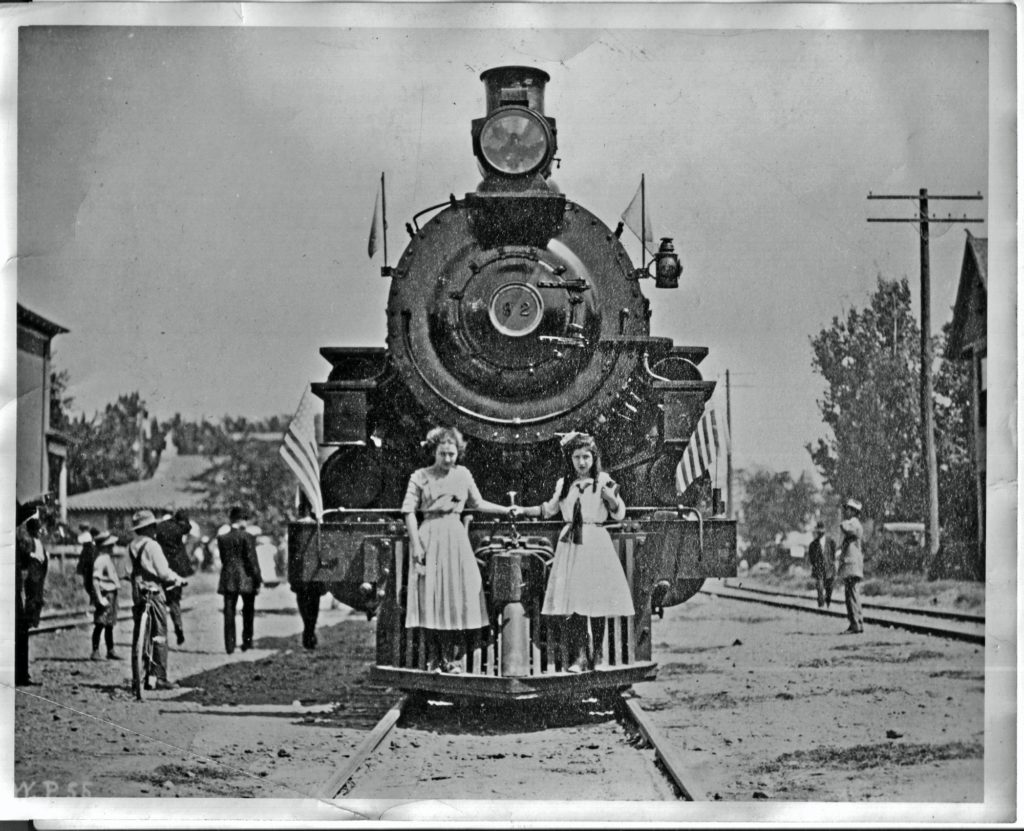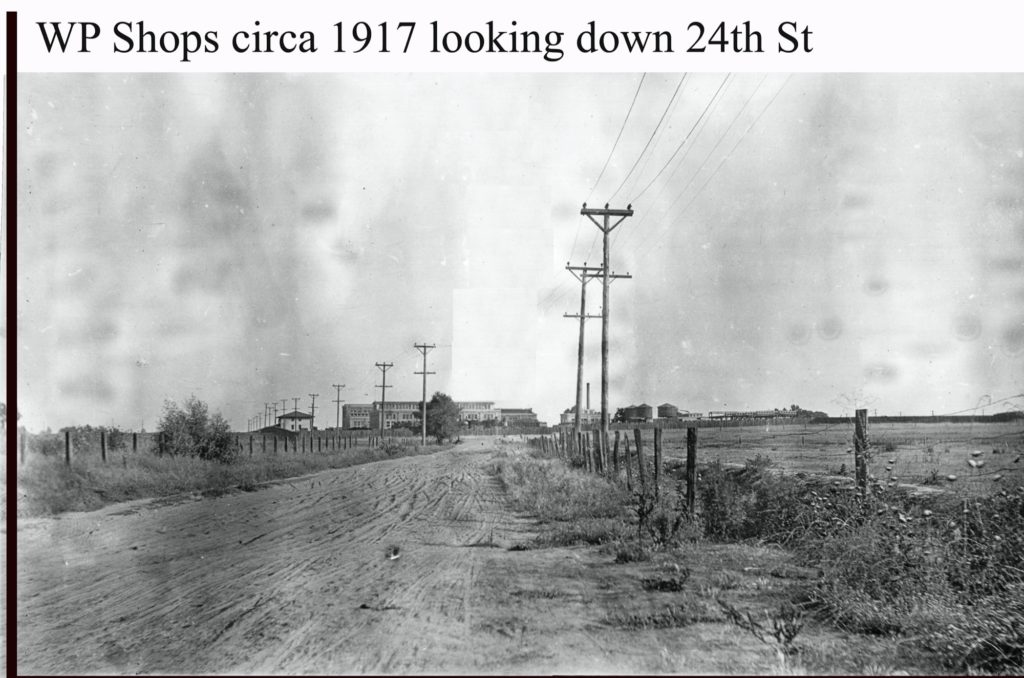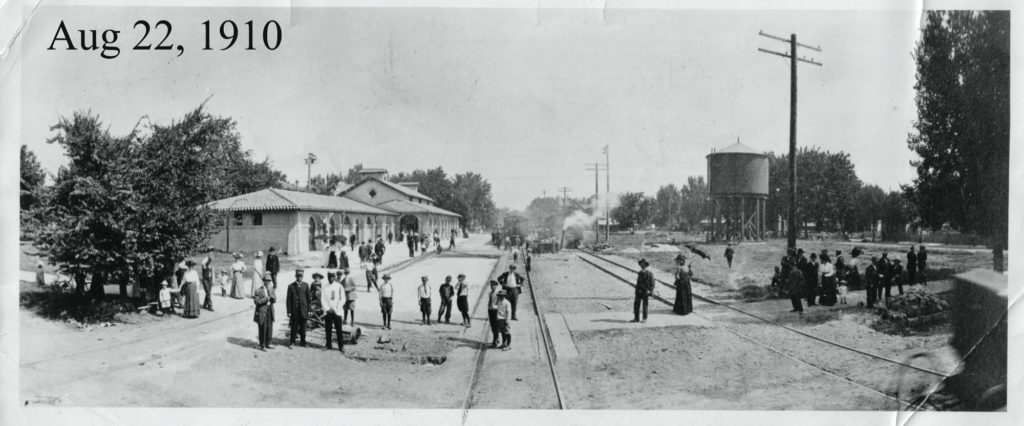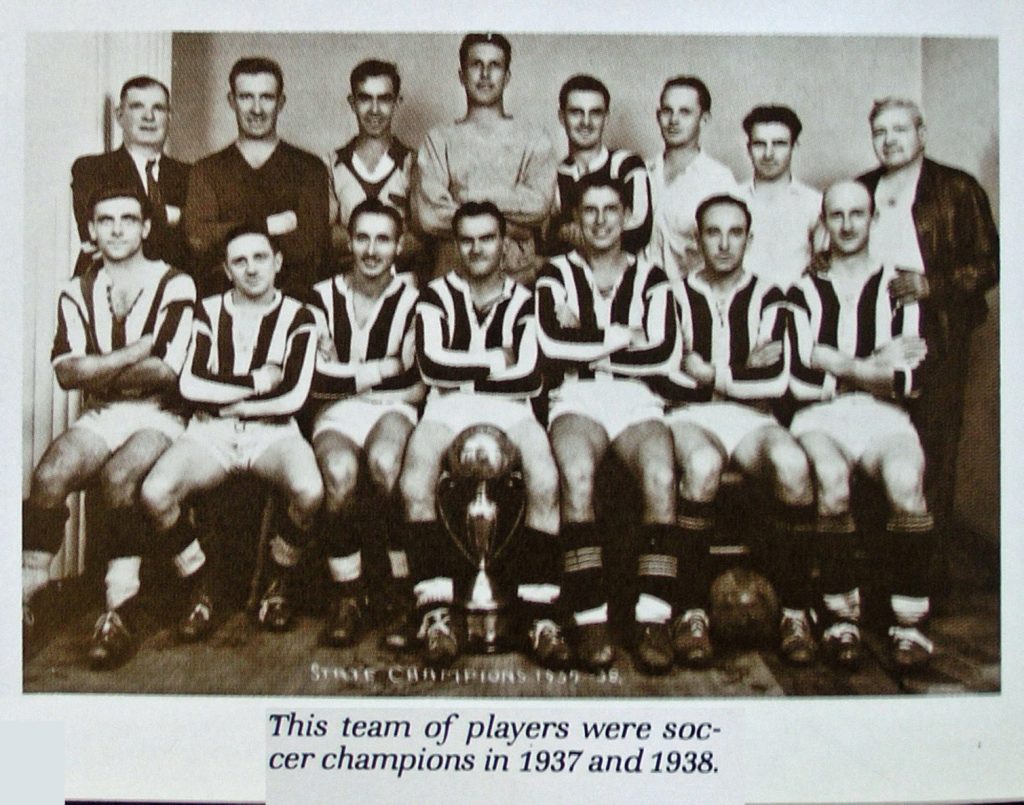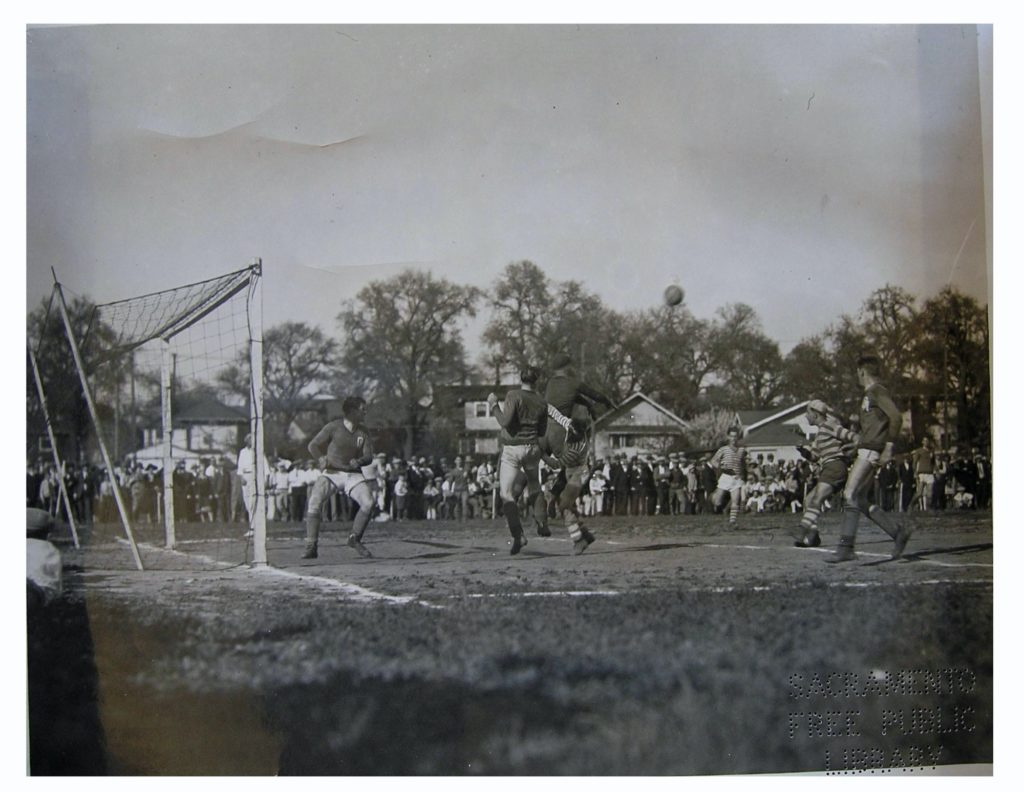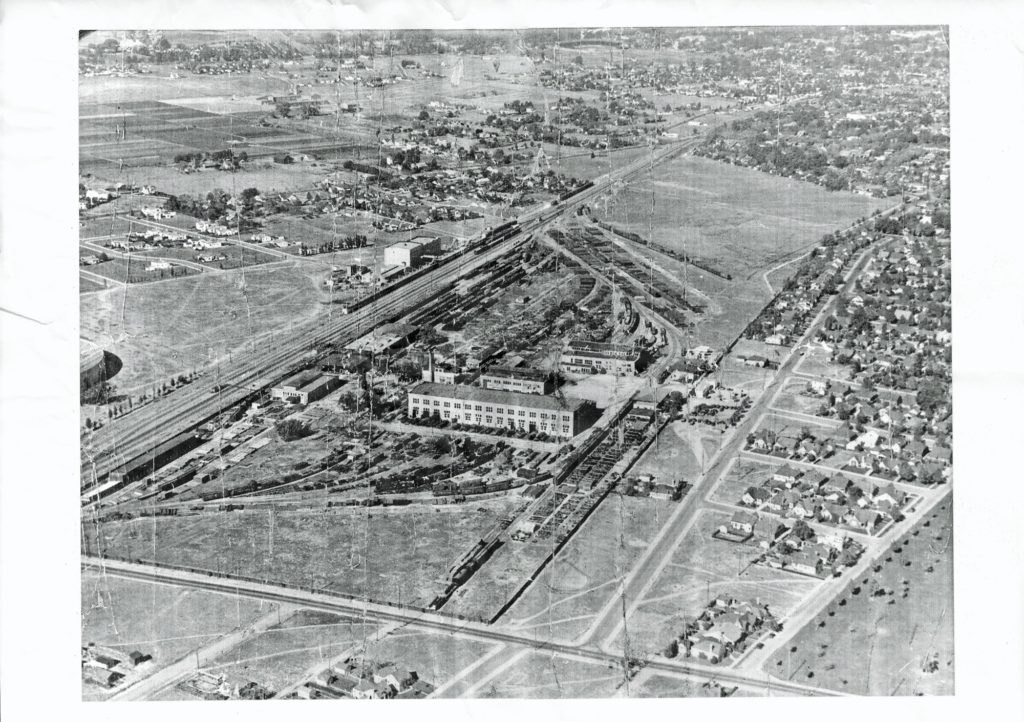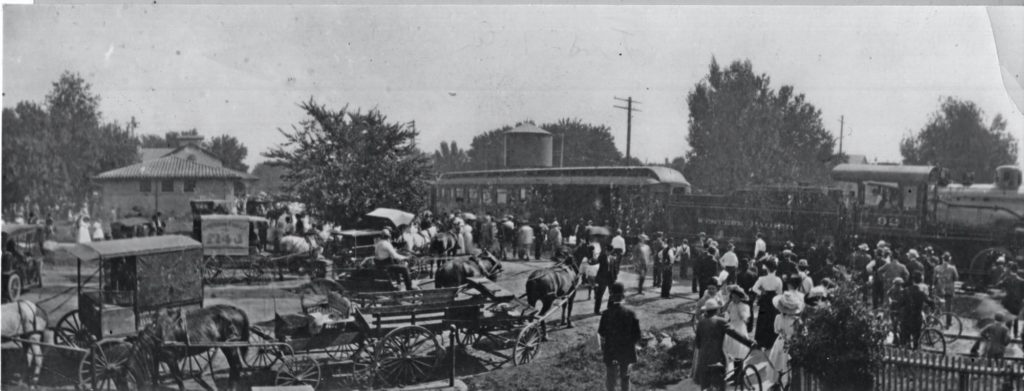Manufacture, repair of steam locomotives for Western Pacific went on for decades
What now is Crocker Village was once a large industrial complex for the manufacture and repair of the rolling stock of the Western Pacific Railway Co.
The Western Pacific was incorporated in 1903 to build a second Northern California transcontinental railroad to compete with the Southern Pacific, which until then effectively had a monopoly on shipments of agricultural products.
In 1907, the Western Pacific sought approval for a route through Sacramento west of 20st Street that is still in use today. The city Board of Trustees rejected the railroad’s request, but the public was overwhelmingly in favor, voting 4019-172 for the line in a special election.
Cities and towns along the proposed route through the Feather River Canyon lobbied the railroad to locate its shops near them, as the shops promised a significant payroll. Sacramento’s chamber of commerce formed a committee to confer with railroad officials about locating the shops here. The first suggestion was to give Southside Park to the railroad as a shop site.
In 1908, Western Pacific agreed to locate the shops in what is now Crocker Village. The agreement was on the condition that Sacramento would fund the purchase of the site and donate it to the railroad, with the proviso that ownership of the land would revert to the city if the site ceased to be used as the main shops of the Western Pacific.
A subscription campaign covered the purchase of the land with voluntary assessments on property throughout the county. In 1909, the property was deeded to the railroad. Over the next three and a half years, the complex of shops was built. On July 12, 1913, the mostly completed complex opened to public view.
Tracts of nearby land were developed as bungalow subdivisions, spurred by the burgeoning rail yard workforce and the positive effects on local economic growth. The shops continued as a major industrial complex for the next 50 to 60 years with thousands of workers employed there.
The northern portion of the property near 24th Street and Fifth Avenue, called Western Pacific Field, was used for sports and entertainment. The Western Pacific Railroaders, the shops’ soccer team, won the state championship several times in the 1930s. The field was also used for baseball and concerts.
In 1934, the Ringling Brothers and Barnum & Bailey Circus train pulled into the rail yard and raised the big top for a performance of “The Greatest Show on Earth.”
Over time, diesel electric engines replaced steam engines as the locomotion technology in railroading. Many of the jobs used in steam engine manufacture and repair were no longer needed and much of the manufacture and remanufacture of engines was transferred to outside companies.
By 1983, after the Union Pacific railroad had absorbed the Western Pacific, the number of jobs at the shops had dwindled to 25, and the shops were closed.
The railroad, the city and the neighborhood all looked forward to the next stage – cleanup of the toxics that had accumulated in the years of railroad use and then redevelopment of the rail yard property.
For more information and historical photographs, follow this link: https://photos.app.goo.gl/h8WBDCFZFBxDRtPm7

